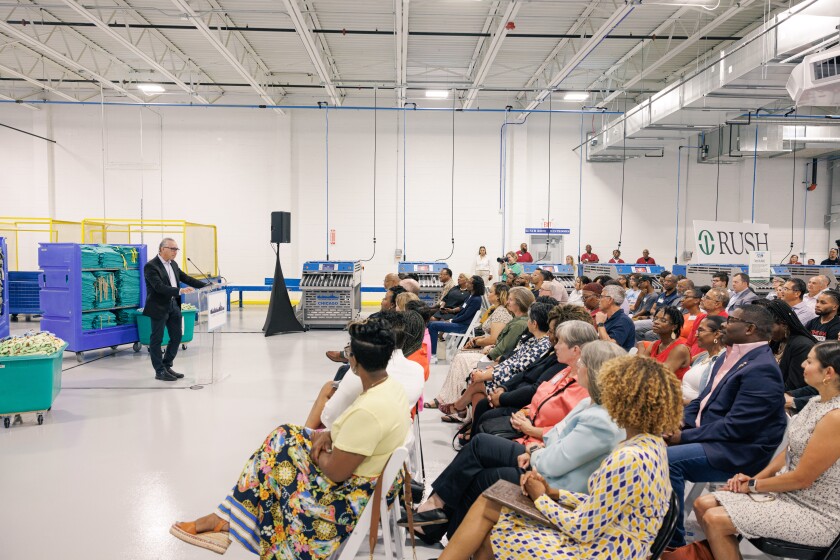Section 2|Aligning Business Imperatives with Anchor Mission Priorities
2.1 Return on Investment as an Anchor Mission Priority
Since the original Anchor Mission Playbook, limited resources and budget constraints have become commonplace for many institutions. For Rush, this has resulted in the need for its anchor mission team to innovate and pursue leaner and more cost-effective operational models. As such, Rush has learned the importance of aligning business imperatives with anchor mission priorities in order to engage business departments in anchor mission efforts during times of organizational and financial strain. In particular, for Rush the future return on investment has become more important to demonstrate, and in turn, most successful initiatives have served purposes that are equally socially minded as well as solving for an operational need of the institution.
2.2Field Perspective Support Services Employee Pipeline Initiative

2.3Field PerspectiveFillmore Linen Services Partnership

Fillmore Linen Services will create more than 175 jobs with advancing skill levels for rising incomes and has capacity to handle more than 30 million pounds of laundry annually with its first facility. This model is a good example of the potential collective impact that is possible: providing economic and social return to multiple healthcare system purchases, supporting a locally owned supplier, and creating significant quality jobs for priority communities.